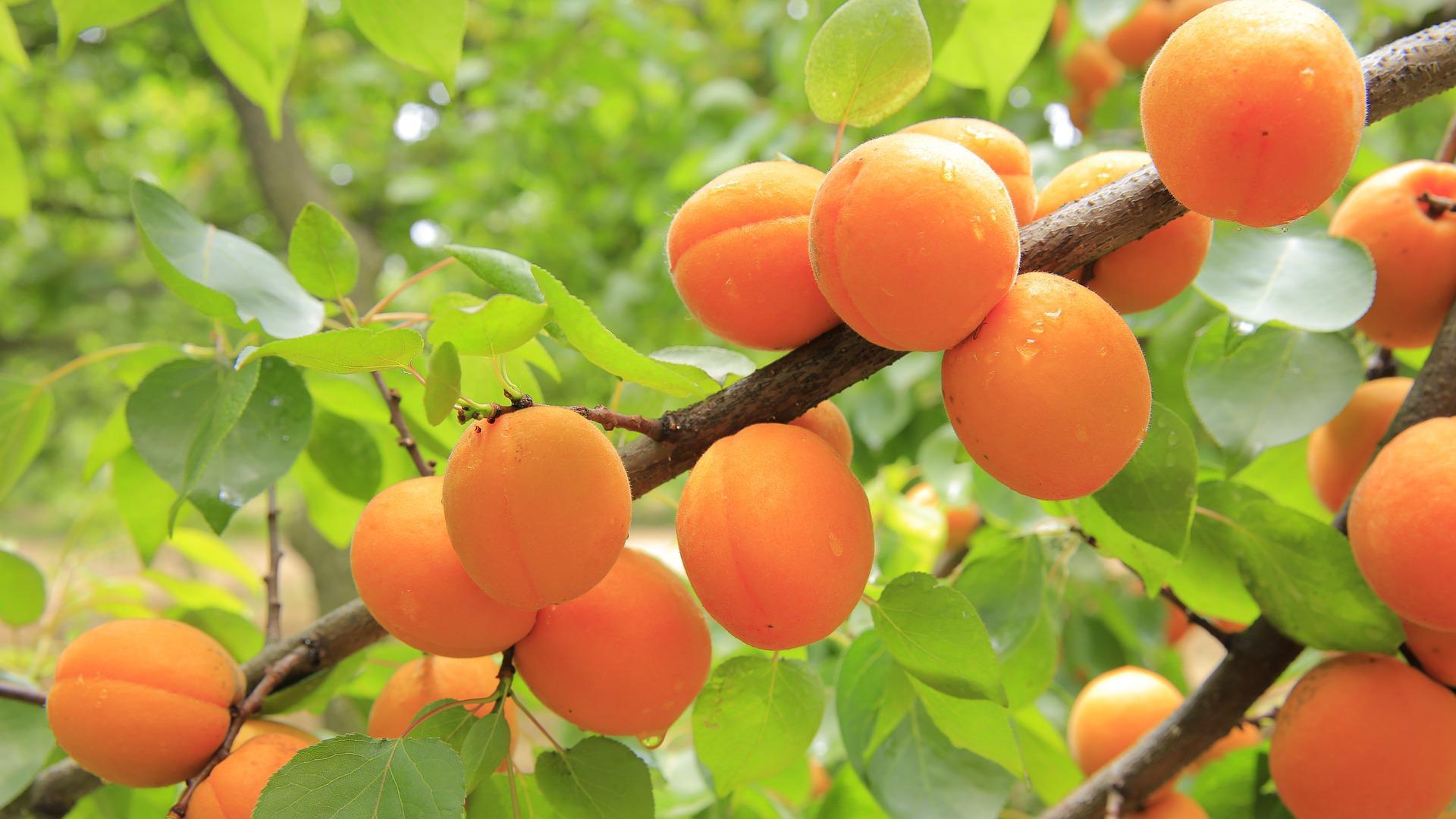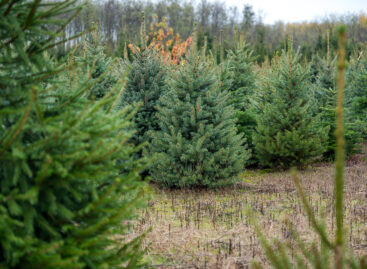An abundant harvest of apricots is expected this year
About 26,000 tons of apricots are expected from the 5,300-hectare production area this year, which is not a record, but a good amount compared to last year.
If there is no early frost, the apricot crop is not in danger either!
The type and size of the harvest is determined by the number of frosty days in spring each year.
“This year, fortunately, apricots were not significantly damaged by frost, so nearly 26,000 tons of apricots are expected, which is not a record harvest, but an adequate amount compared to last year” – says Balázs Győrffy, president of NAK.
This makes ripe apricots delicious
Apricot is a warm-loving fruit, which doesn’t really grow further north of us. It grows best on slightly calcareous, airy soils. Light-demanding, its tree grows to a height of 4-7 m and can live up to 90 years. Its vitamin content is high, it is also rich in vitamins A, B and C. In addition, it is nutritious due to its significant fiber content, but at the same time its calorie content is not high, it contains magnesium and potassium, and it also hydrates perfectly, since it is 85% water.
(NAK)
Related news
If you want fresh pine, look for Hungarian-produced pine
🎧 Hallgasd a cikket: Lejátszás Szünet Folytatás Leállítás Nyelv: Auto…
Read more >Campaign launched to dispel misconceptions about meat and dairy products
🎧 Hallgasd a cikket: Lejátszás Szünet Folytatás Leállítás Nyelv: Auto…
Read more >István Jakab: We must respond to agricultural challenges with competitive farming
🎧 Hallgasd a cikket: Lejátszás Szünet Folytatás Leállítás Nyelv: Auto…
Read more >Related news
László Pekó: “Coop isn’t just a network, it is a way of life – and has been for 30 years”
🎧 Hallgasd a cikket: Lejátszás Szünet Folytatás Leállítás Nyelv: Auto…
Read more >(HU) Karácsonyi tv-reklámok 2025 – indul a közönségdíj szavazás
🎧 Hallgasd a cikket: Lejátszás Szünet Folytatás Leállítás Nyelv: Auto…
Read more >McDonald’s restaurants will be closed nationwide on December 24-25
🎧 Hallgasd a cikket: Lejátszás Szünet Folytatás Leállítás Nyelv: Auto…
Read more >







